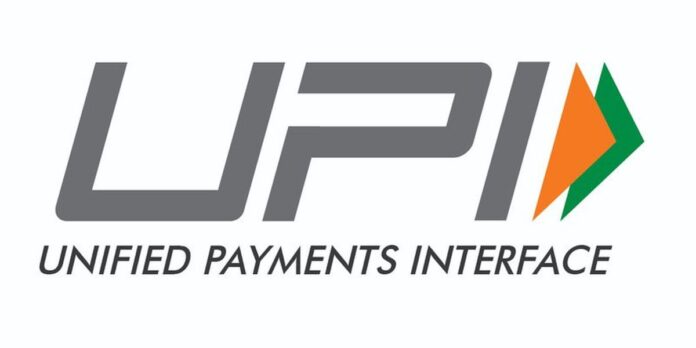New Delhi: In October 2024, Unified Payments Interface (UPI) achieved a historic milestone by processing 16.58 billion financial transactions in a single month, underscoring its pivotal role in India’s digital transformation.
Launched in 2016 by the National Payments Corporation of India (NPCI), UPI has revolutionized the nation’s payment ecosystem by integrating multiple bank accounts into a single mobile application.
This system enables seamless fund transfers, merchant payments, and peer-to-peer transactions, offering users flexibility through scheduled payment requests.
UPI has not only made financial transactions fast, secure, and effortless, but it has also empowered individuals, small businesses, and merchants, driving the country’s shift toward a cashless economy.
UPI in numbers:
UPI processed an impressive Rs. 23.49 lakh crore across 16.58 billion financial transactions in October 2024, marking a 45% year-on-year growth from 11.40 billion transactions in October 2023. With 632 banks connected to its platform, this surge in usage highlights UPI’s expanding dominance in India’s payment landscape.
What makes UPI unique?
UPI has transformed digital payments in India with its unparalleled ease, security, and versatility. By enabling round-the-clock transactions and offering features like single-click payments and virtual addresses, it ensures both convenience and privacy for users. Its ability to integrate multiple banking services into one app makes it a game-changer in financial technology.
UPI has had a profound impact on small businesses, street vendors, and migrant workers, offering them an easy and efficient way to transfer money and receive payments. Its adoption was particularly accelerated during the Covid-19 pandemic, as people sought safer, contactless alternatives to cash transactions.
Use of voice boxes:
One of the small yet significant innovations that facilitated this shift is the use of voice boxes by payment apps. These devices, commonly found at snack carts and tea stalls, announce the amount of money received with each QR code transaction, ensuring that vendors who are often too busy to check phone messages are aware of their earnings. This simple yet effective feature has played a crucial role in gaining the trust of small merchants who were previously accustomed to cash transactions and wary of digital payments.
Another important design feature of UPI is its provision for users to choose their preferred payment apps, regardless of the bank where their account is held. This flexibility has given consumers the power of choice to embrace UPI as their go-to payment method.
The integration of RuPay credit cards with UPI marks another revolutionary step in the digital payment landscape. This feature allows users to access the benefits of both credit cards and UPI for transactions, enabling them to make payments through their credit lines instead of drawing from savings accounts.
International momentum:
India’s digital payments revolution is gaining international momentum, with both UPI and RuPay expanding rapidly across borders. Currently, UPI is operational in seven countries, including key markets like the UAE, Singapore, Bhutan, Nepal, Sri Lanka, France, and Mauritius.
UPI’s entry into France is particularly significant, marking its first foray into Europe. This expansion enables Indian consumers and businesses to make and receive payments seamlessly, even while living or traveling abroad.
As part of its global outreach, Prime Minister Narendra Modi has actively pitched for UPI’s expansion within the BRICS grouping, which now includes six new member states.
According to the ACI Worldwide Report 2024, India now accounts for around 49% of global real-time payment transactions as of 2023, underscoring India’s leadership in digital payment innovation.





